The eleventh hour: a review of Mega Man 11
The eleventh installment in the classic series has finally arrived. So how does it hold up?
For those that may not be aware, Mega Man (known as Rock Man in Japan) is a thirty-year-old game series which originally debuted on the NES/Famicom. It stars a household robot-turned fighting machine in his quest to defeat a group of evil robots and the mad scientist controlling them. The series experienced a revival in 2008 but Capcom, the company behind Mega Man, seemed to abandon the beloved robot shortly after. Mega Man 11 is the first game in the series to release in eight years.
Mega Man 11 opens with a flashback to a dispute between young Doctors Albert Wily and Thomas Light displayed via a series of well-polished static images which are dubbed by either the English or Japanese voice actors, depending on your settings. The event depicted is later revealed to have been the root cause of Wily and Light’s fateful divergence. As far as Mega Man storytelling goes, the execution is pretty solid. This flashback also introduces a brand new mechanic to the series: the double gear system.
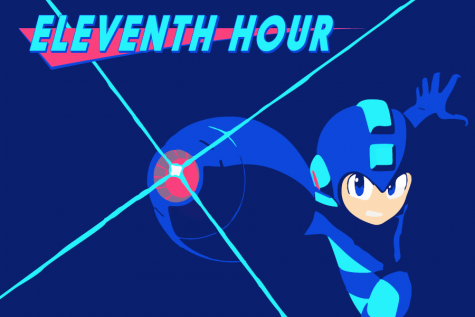
The blue bomber charges his weapon for a powerful attack in this artwork inspired by Capcom’s promotional material for Mega Man 11.
Based off a prototype series antagonist Doctor Albert Wily built in his youth, this powerful gadget allows Mega to react at extraordinary speeds or to release devastating attacks for a short time, depending on which gear is active. When at critical energy, the Blue Bomber can activate both gears at once as an all-or-nothing last resort.
Sounds like a totally game breaking crutch, right? Well, here’s the catch: the Robot Master bosses can use the system, too. It was built by Wily, after all. Additionally, each level is built around the new mechanic. Sure, the game never forces you to use it, but unless you’re a God-tier Mega Man player, it might as well. In other words, despite giving players more power and speed than ever before, Mega Man 11 is still a brutally difficult game worthy of the Mega Man title.
At least, it can be. Mega Man 11 has four difficulty modes, each recommended for a different skill level. Newcomer, Casual, Normal, and Superhero. As you’d expect, Newcomer is the easiest mode, Casual is more difficult, but still quite forgiving, Normal is the intended experience, and Superhero is for Mega Man gods. Now, I don’t normally like to play games on ‘easy mode’, but the last time I played a mainline Mega Man game was in 2010, with the release of Mega Man 10. So I decided to bump it down to Casual for my first play through.
Even on Casual, I had a rocky start. After cycling through the stage selection screen a few times– and being mildly disappointed by the lack of a female Robot Master –I eventually decided on Bounce Man. This was not a good choice. Bounce Man’s stage is probably the most evil Mega Man stage I have ever played.
It starts off easily enough, with a few bouncy balls, some slappy hand contraptions and a cute trampoline mechanic. The early rooms seem innocent, designed to delay the player rather than kill them, but the difficulty ramps up very quickly. Before long, the stage introduces metal balloons, bottomless pits, floating ball parkour sections, and these silly-looking robots that knock you off of the parkour sections and into the bottomless pits.
When I finally killed Bounce Man, I felt like I had earned the victory (This was far later, after I had returned with Impact Man’s Pile Driver). The stage was tough, even rage-inducing at times, but it was all worth it in the end. In fact, that goes for all of the stages. Mega Man 11 is one of the most satisfying games I have ever played. And in the end, that’s the most important part of Mega Man; fighting on through the pain and suffering until you’re good enough to stick it to those cocky Master Robots and that damned Doctor Wily.
From the controls to the difficulty to even the art style of the updated graphics, this game feels like a true mainline Mega Man game, despite everything new it brings to the table. This is in stark contrast with Comcept Inc.’s Mighty No. 9, proving once and for all that Keiji Inafune is not an integral part of Mega Man.
That isn’t to say Mega Man 11 is a flawless game, however. Many fans were disappointed with the soundtrack, as the stages all have similar music, and only a few tracks actually stand out (such as Fuse Man and Blast Man’s stage themes). Some, like me, were disappointed that the game didn’t feature any female bosses. It just makes Splash Woman’s appearance in Mega Man 9 even stranger, as she is literally the only female Robot Master in the entire series.
There were other, more minor complaints, like Mega’s walk cycle not looking quite right, or that the story didn’t include details some fans were hoping for, etc. Most of these complaints amount to nitpicks, though. In my opinion, the good greatly outweighs the bad in this case. I recommend Mega Man 11 to anyone who considers themself a Mega Man fan, and to anyone interested in difficult platformers or retro games. This game could reignite the spark of interest that was lost in the eight years since Mega Man 10. I can only hope there are more great Mega Man games like this to come.
My final verdict is a solid 8 out of 10. It’s a wonderful Mega Man game, but it won’t appeal to everyone.
Your donation will support the student journalists of West High School. Your contribution will allow us to purchase Scholarship Yearbooks, newsroom equipment and cover our annual website hosting costs.

Rain Richards is a senior at West and this is his first year on staff. He is a designer for both Online and Print. In his spare time, he plays retro and...


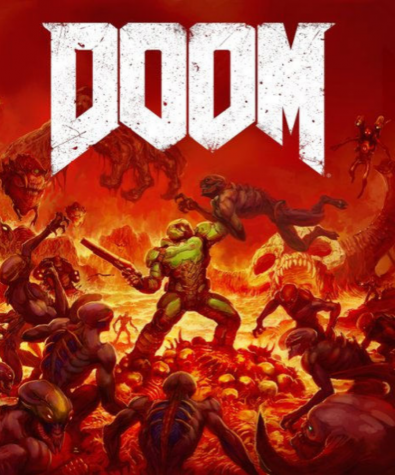
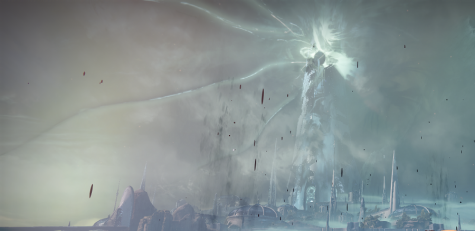
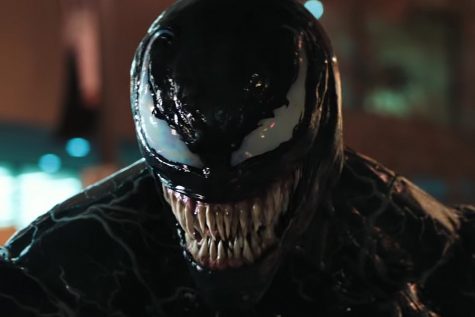




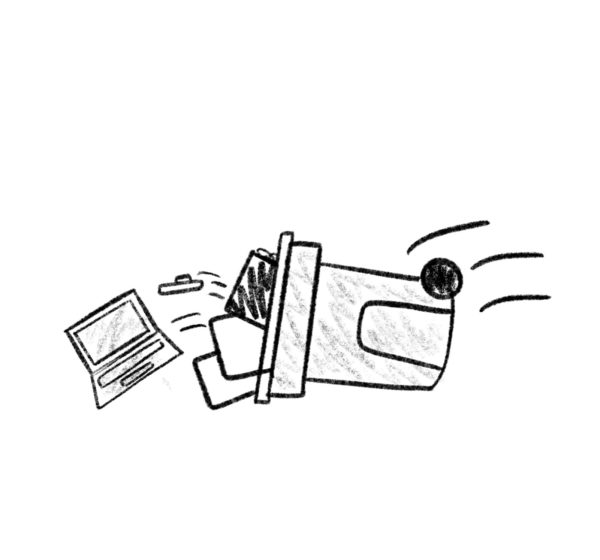







Randy R • Oct 21, 2018 at 7:59 pm
Rain
An exciting and vibrant image. Leaps of the screen
RR